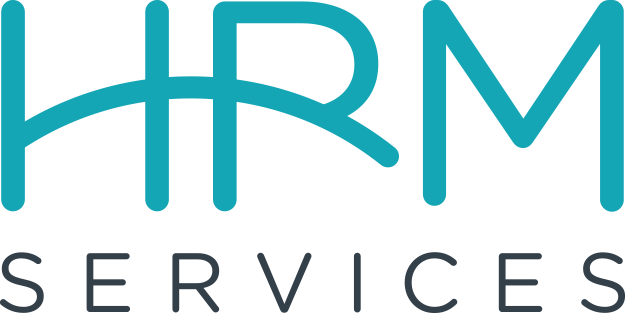
Q: “I’m thinking of making some changes to my practice’s paid time off (PTO) policy. Are there any best practices you can recommend or things I should consider when rewriting this policy?”
A: Providing employees with PAID time away from work in the form of PTO, vacation time, sick leave, paid holidays etc. is not required by law. So, if you do decide to offer paid time off to your employees, you write the rules. There are many things to consider when constructing or rewriting your PTO policy, for example:
- how much total time off to give
- how hours in time off banks are accumulated
- which employee classifications are eligible to receive PTO
- under which circumstances PTO can be used
- increments PTO must be taken in
- requesting/approval procedures
- carry-over of unused hours vs. ‘use it or lose it’ policies
- whether or not there is a payout of unused hours at termination
The best place to begin is by thinking about affordability. Determine how much time you can afford to be without your staff and what the cost of that time will be. Be sure to calculate in the expense of hiring a substitute hygienist or dental assistant to cover for absences if needed. Once you know what your budget constraints are, you can develop a PTO system that works within those boundaries. PTO policies are scalable, so do not be afraid to start small. It is much easier to add time to an employee’s PTO bank than it is to take time away. If you are rewriting an existing policy and need to reduce the overall PTO allowance your staff receive, consider grandfathering-in current employees under the old policy. However, freeze their current accrual rates if they meet or exceed the new PTO rates, so that they don’t continue to build. Create an effective date for your new PTO policy and abide by it for all new hires.
Once you have the basics of your policy figured out, you can focus on the details. Here are a few recommendations to get you moving in the right direction.
- Offering an employee the ability to carry-over unused PTO hours from one year to the next is a nice perk. However, if you do allow for carry-over, consider placing a cap on both the total number of hours allowed to be carried-over from one year to the next and the total number of hours allowed to be in the bank at any one time.
- Consider instituting a ‘use it or lose it’ policy for any unused PTO at the end of the year (or PTO in excess of the cap). This is a strong motivator for getting your employees to use their time off. It is good for employee moral to have time away from work and it makes good business sense too. An employee that never wants anyone else to do their job may be hiding something.
- Ask employees to coordinate their vacation schedule with your own so that patient care is disrupted as little as possible. If you routinely close your office for a week or more throughout the year, you may want to mandate that your employees use a portion of their PTO time to cover these periods of office closure. This will help limit your unemployment liability for those times of office shutdown and will reduce the amount of time your staff are absent when you are open for business.
- While not required, PTO payout at termination is another common practice in dental settings. Capping the total number of hours allowed in a PTO bank will help keep this potential payout within reason. One unique twist to this scenario is to payout for voluntary resignations only, provided employees give appropriate notice, work the full notice, and return all company property.
These are just a few ideas to get you started, but perhaps the best tip of all is to create a system that is easy to administer…since you will most likely be the one managing it!

